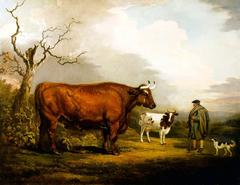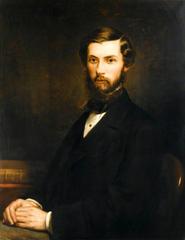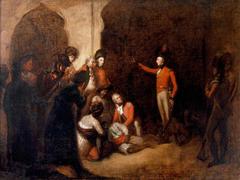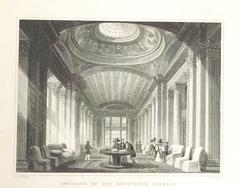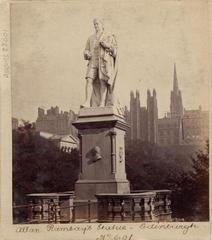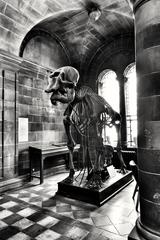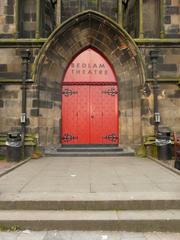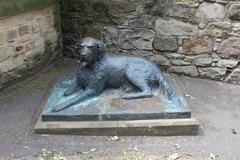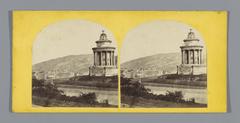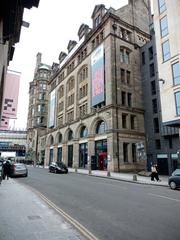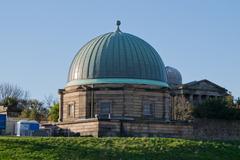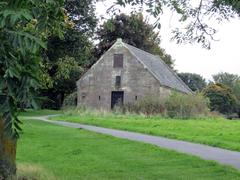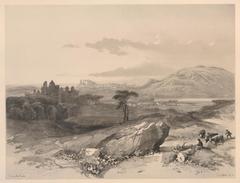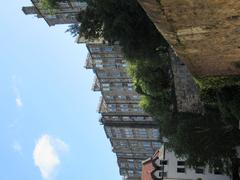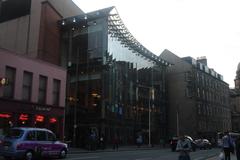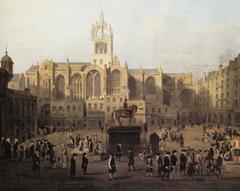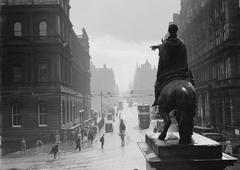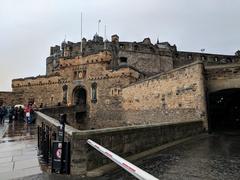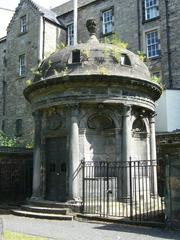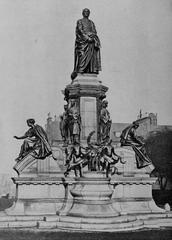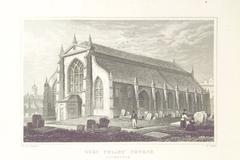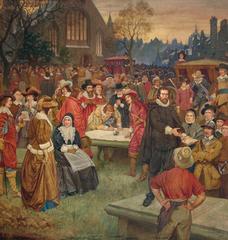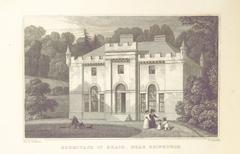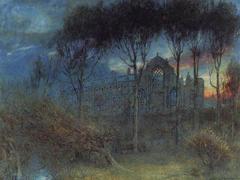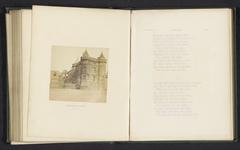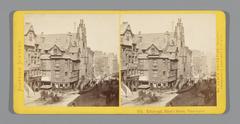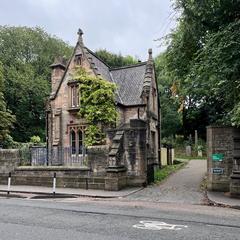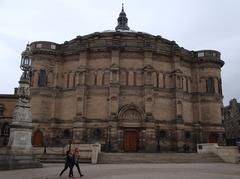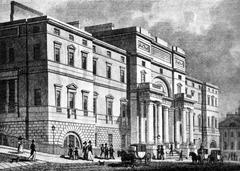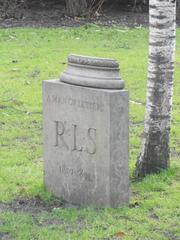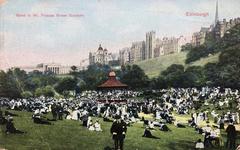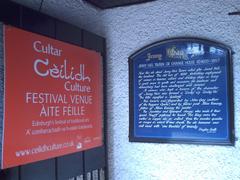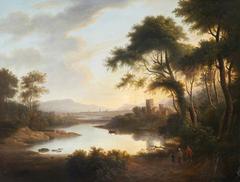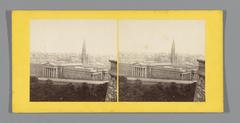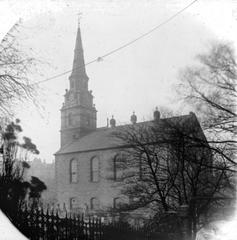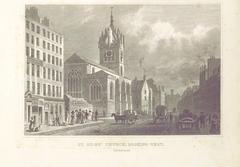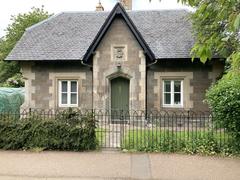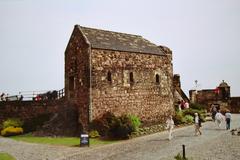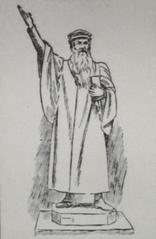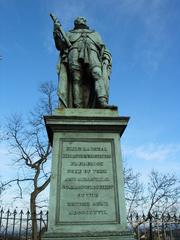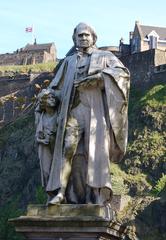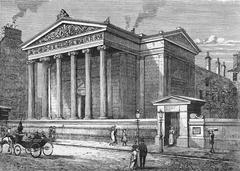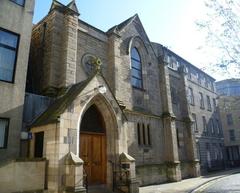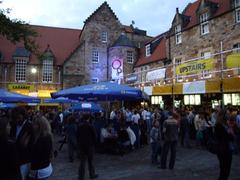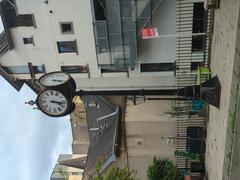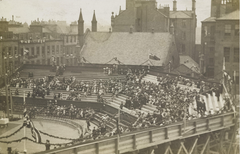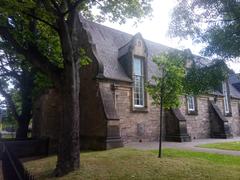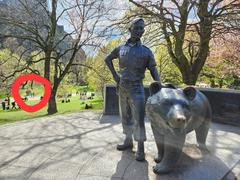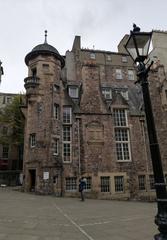
Visiting the National Museum of Scotland: Hours, Tickets, and Nearby Attractions
Date: 17/07/2024
Introduction
The National Museum of Scotland, nestled in the heart of Edinburgh, stands as an enduring testament to Scotland’s rich history, cultural heritage, and scientific achievements. Established in 1861, this iconic institution has evolved to become one of the United Kingdom’s premier cultural landmarks, attracting over two million visitors annually. The museum’s collections span diverse disciplines, from archaeology and natural history to art and science, offering an immersive journey through time and space. The museum’s architectural grandeur, blending Victorian elegance with contemporary design, further enhances its allure, making it a must-visit destination for history enthusiasts, families, and tourists alike. This comprehensive guide aims to provide an in-depth exploration of the National Museum of Scotland, covering its historical significance, visitor information, must-see exhibits, and nearby attractions. Whether you’re planning your first visit or looking to deepen your understanding of this remarkable institution, this guide will equip you with all the essential information you need for an enriching experience. For further details, you can visit the National Museum of Scotland’s official website.
Table of Contents
- Introduction
- History of the National Museum of Scotland
- Must-See Exhibits and Collections
- Visitor Information
- Nearby Attractions
- FAQ
- Conclusion
- References
History of the National Museum of Scotland
Origins and Early Development
The National Museum of Scotland’s history dates back to the 19th century with the establishment of the Industrial Museum of Scotland in 1854. Founded to showcase advancements in science and technology during the Industrial Revolution, its initial collection included industrial artifacts, scientific instruments, and natural history specimens. In 1861, it was renamed the Edinburgh Museum of Science and Art, reflecting a broader focus. The first building, designed by Francis Fowke, opened in 1866 and is now known as the Royal Museum. This Victorian-era structure featured a grand central hall and galleries dedicated to various disciplines.
Expansion and Merger
Throughout the late 19th and early 20th centuries, the museum expanded its collections and facilities. In 1904, it acquired the Scottish National Portrait Gallery’s collections, enhancing its offerings. The museum also played a significant role in education, providing resources and exhibits for schools and universities. In 1985, the Royal Museum merged with the National Museum of Antiquities of Scotland, forming the National Museums of Scotland. This merger aimed to offer a comprehensive overview of Scotland’s cultural and natural heritage.
Modernization and Redevelopment
The turn of the 21st century marked a new era with an ambitious redevelopment project starting in 1998. The project included the construction of a new building designed by Benson & Forsyth, featuring contemporary galleries, interactive exhibits, and state-of-the-art facilities. The original Victorian building underwent a £47 million refurbishment, reopening in 2011 with new galleries and improved amenities.
Recent Developments and Achievements
Since its reopening, the museum has continued to innovate. In 2016, it celebrated its 150th anniversary with special exhibitions and events, unveiling ten new galleries showcasing over 3,000 objects. The museum has embraced digital technology, offering virtual tours, interactive exhibits, and online collections, making its treasures accessible globally.
Must-See Exhibits and Collections
The museum boasts diverse exhibits reflecting Scotland’s rich heritage. Highlights include:
- The Lewis Chessmen - Medieval chess pieces discovered on the Isle of Lewis, believed to be made in Norway in the 12th century. (British Museum)
- Dolly the Sheep - The world’s first cloned mammal, created in Edinburgh in 1996. (Roslin Institute)
- The Millennium Clock - A kinetic sculpture representing the passage of time and human impact. (National Museums Scotland)
Visitor Information
Tickets and Admission
Entry to the museum is free, but some special exhibitions may require a ticket. Check the official website for the latest information on ticket prices.
Visiting Hours
The museum is open daily from 10:00 AM to 5:00 PM, except on December 25th and 26th, and January 1st. For the most up-to-date visiting hours, visit the official website.
Accessibility
The museum is fully accessible, with ramps, elevators, and accessible restrooms. Wheelchair access, hearing loops, and assistance dogs are welcome. For more information on accessibility, please refer to the accessibility page on the museum’s website.
Travel Tips
The National Museum of Scotland is located in Edinburgh’s Old Town, a UNESCO World Heritage site, making it easily accessible by public transport, including buses and trams. The nearest train station is Edinburgh Waverley. For those driving, there are several car parks nearby. More details can be found on the Lothian Buses, ScotRail, and NCP websites.
Nearby Attractions
While visiting the National Museum of Scotland, take the opportunity to explore other nearby attractions in Edinburgh’s Old Town:
- Edinburgh Castle - A historic fortress with panoramic city views. (Edinburgh Castle)
- Holyrood Palace - The Queen’s official residence in Scotland.
- Arthur’s Seat - An ancient volcano offering hiking trails and city views.
FAQ
-
What are the National Museum of Scotland’s opening hours?
The museum is open daily from 10:00 AM to 5:00 PM. -
How much are tickets to the National Museum of Scotland?
Entry is free, but special exhibitions may have a fee. -
Is the museum accessible to wheelchair users?
Yes, the museum is fully accessible to wheelchair users. -
Are guided tours available?
Yes, guided tours are available for groups and individuals. Check the official website for schedules and booking information. -
Can I take photos inside the museum?
Yes, photography for personal use is allowed in most areas, but the use of tripods and flash is prohibited.
Conclusion
The National Museum of Scotland is a vital cultural and educational resource, offering a window into Scotland’s rich heritage. With its diverse collections, innovative exhibits, and comprehensive visitor amenities, the museum continues to inspire and engage visitors from around the world. Plan your visit today and explore the treasures of the National Museum of Scotland. For more information and updates, follow the museum on social media or download the Audiala mobile app. (National Museum of Scotland)
References
- National Museum of Scotland. (n.d.). Retrieved from National Museum of Scotland
- British Museum. (n.d.). The Lewis Chessmen. Retrieved from British Museum
- Roslin Institute. (n.d.). Dolly the Sheep. Retrieved from Roslin Institute
- National Museums Scotland. (n.d.). The Millennium Clock. Retrieved from National Museums Scotland
- Lothian Buses. (n.d.). Retrieved from Lothian Buses
- ScotRail. (n.d.). Retrieved from ScotRail
- NCP Car Parks. (n.d.). Retrieved from NCP
- Edinburgh Castle. (n.d.). Retrieved from Edinburgh Castle
